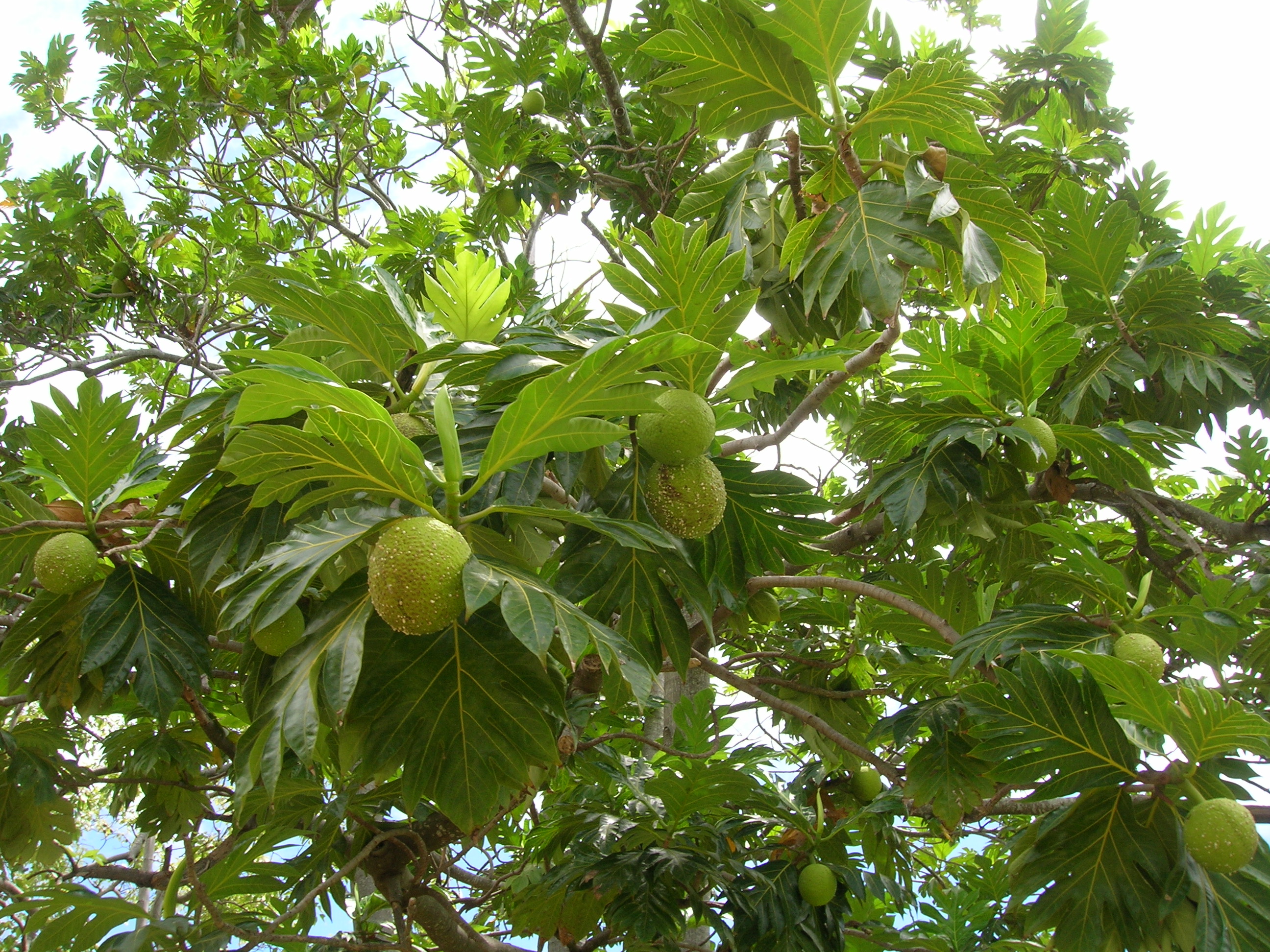|
Prainea
''Prainea'' is a genus of trees in the plant family Moraceae. It is sometimes treated as a subgenus of Artocarpus. It includes two species native to Peninsular Thailand, Peninsular Malaysia, Sumatra, Borneo, the Maluku Islands, New Guinea, and the Solomon Islands.''Prainea'' King ex Hook.f. ''''. Retrieved 22 April 2024. The species are dioecious
Dioecy ( ; ; adj. dioecious, ) is a characteristic of certain species that have distinct unisexual individuals, each producing either male or femal ...
[...More Info...] [...Related Items...] OR: [Wikipedia] [Google] [Baidu] |
Prainea Limpato
''Prainea limpato'', also known as tampang susu in Malay and more locally as kesusu or empatak, is a species of flowering plant, a fruit tree in the fig family, that is native to Southeast Asia. Description The tree grows to 30 m in height, with a bole of 2–4 m, with white latex. The leaves are 10–35 cm long by 4–15 cm wide. The globular inflorescences occur in the leaf axils. The syncarpous infructescences comprise 8–20 oval fruits, each 1.5–2 cm by 1 cm in diameter, projecting outwards from the core and ripening orange. The fruits are edible, with the orange aril tasting of bananas. Distribution and habitat The species is found in the Malay Peninsula, Sumatra and Borneo, where it occurs naturally in lowland and hill mixed dipterocarp forest, as well as on limestone Limestone is a type of carbonate rock, carbonate sedimentary rock which is the main source of the material Lime (material), lime. It is composed mostly of the miner ... [...More Info...] [...Related Items...] OR: [Wikipedia] [Google] [Baidu] |
Moraceae
Moraceae is a family of flowering plants comprising about 48 genera and over 1100 species, and is commonly known as the mulberry or fig family. Most are widespread in tropical and subtropical regions, less so in temperate climates; however, their distribution is cosmopolitan overall. The only common characteristics within the family are the presence of latex-producing glands in the leaves and stems, and milky sap in the soft tissues; but generally useful field characters include two carpels sometimes with one reduced, compound inconspicuous flowers, and compound fruits. The family includes well-known plants such as the common fig, breadfruit, jackfruit and mulberry. The 'flowers' of Moraceae are often pseudanthia (reduced inflorescences). Description Overall The family varies from colossal trees like the Indian Banyan ('' Ficus benghalensis'') which can cover of ground, to '' Dorstenia barnimiana'' which is a small stemless, bulbous succulent 2–5 cm in diameter that pr ... [...More Info...] [...Related Items...] OR: [Wikipedia] [Google] [Baidu] |
Artocarpus
''Artocarpus'' is a genus of approximately 60 trees and shrubs of Southeast Asian and Pacific origin, belonging to the mulberry family, Moraceae. Most species of ''Artocarpus'' are restricted to Southeast Asia; a few cultivated species are more widely distributed, especially '' A. altilis'' (breadfruit) and '' A. heterophyllus'' (jackfruit), which are cultivated throughout the tropics. Description All ''Artocarpus'' species are laticiferous trees or shrubs that are composed of leaves, twigs and stems capable of producing a milky sap. The flora type is monoecious and produces unisexual flowers; furthermore, both sexes are present within the same plant. The plants produce small, greenish, female flowers that grow on short, fleshy spikes. Following pollination, the flowers grow into a syncarpous fruit, and these are capable of growing into very large sizes. The stipulated leaves vary from small and entire ('' Artocarpus integer'') to large and lobed ('' Artocarpus altilis''), w ... [...More Info...] [...Related Items...] OR: [Wikipedia] [Google] [Baidu] |
George King (botanist)
Sir George King (12 April 1840 – 12 February 1909) was a British botany, botanist who was appointed superintendent of the Indian Botanical Gardens, Royal Botanic Garden, Calcutta in 1871, and became the first director of the Botanical Survey of India from 1890. He was recognised for his work in the cultivation of cinchona and for setting up a system for the inexpensive distribution of the anti-malarial quinine throughout India through the postal system. Early life King was born in Peterhead, Aberdeenshire, to Robert King and Cecilia Anderson. Robert King was a bookseller who moved to Aberdeen to partner with his brothers who were also in the book business. One brother, Arthur, was the founder of the Aberdeen University Press. Another brother, George, was an antiquarian, founder of a local liberal newspaper and a prominent writer on economic and social matters. King's parents both died from phthisis (tuberculosis), his father in November 1845 aged thirty six and his mother in 1 ... [...More Info...] [...Related Items...] OR: [Wikipedia] [Google] [Baidu] |
Hook
A hook is a tool consisting of a length of material, typically metal, that contains a portion that is curved/bent back or has a deeply grooved indentation, which serves to grab, latch or in any way attach itself onto another object. The hook's design allows traction forces to be relayed through the curved/indented portion to and from the proximal end of the hook, which is either a straight shaft (known as the hook's ''shank'') or a ring (sometimes called the hook's "''eye''") for attachment to a thread (yarn), thread, rope or chain, providing a reversible attachment between two objects. In many cases, the distal end of the hook is sharply pointed to enable penetration into the target material, providing a firmer anchorage. Some hooks, particularly fish hooks, also have a ''barb'', a backwards-pointed projection near the pointed end that functions as a secondary "mini-hook" to catch and trap surrounding material, ensuring that the hook point cannot be easily pulled back out once e ... [...More Info...] [...Related Items...] OR: [Wikipedia] [Google] [Baidu] |
Tree
In botany, a tree is a perennial plant with an elongated stem, or trunk, usually supporting branches and leaves. In some usages, the definition of a tree may be narrower, e.g., including only woody plants with secondary growth, only plants that are usable as lumber, or only plants above a specified height. But wider definitions include taller palms, tree ferns, bananas, and bamboos. Trees are not a monophyletic taxonomic group but consist of a wide variety of plant species that have independently evolved a trunk and branches as a way to tower above other plants to compete for sunlight. The majority of tree species are angiosperms or hardwoods; of the rest, many are gymnosperms or softwoods. Trees tend to be long-lived, some trees reaching several thousand years old. Trees evolved around 400 million years ago, and it is estimated that there are around three trillion mature trees in the world currently. A tree typically has many secondary branches supported cle ... [...More Info...] [...Related Items...] OR: [Wikipedia] [Google] [Baidu] |
Missouri Botanical Garden
The Missouri Botanical Garden is a botanical garden located at 4344 Shaw Boulevard in St. Louis, Missouri. It is also known informally as Shaw's Garden for founder and philanthropy, philanthropist Henry Shaw (philanthropist), Henry Shaw. Its herbarium, with more than 6.6 million specimens, is the second largest in North America, behind that of the New York Botanical Garden. Its Peter H. Raven Library contains 85% coverage of all literature ever published on systematic botany and plant taxonomy. The ''Index Herbariorum'' code assigned to the herbarium is MO and it is used when citing housed specimens. History The land that is currently the Missouri Botanical Garden was previously the land of businessman Henry Shaw. Founded in 1859, the Missouri Botanical Garden is one of the oldest botanical institutions in the United States and a National Historic Landmark. It is also listed in the National Register of Historic Places. In 1983, the botanical garden was added as the fourt ... [...More Info...] [...Related Items...] OR: [Wikipedia] [Google] [Baidu] |
Germplasm Resources Information Network
Germplasm Resources Information Network or GRIN is an online USDA National Genetic Resources Program software project to comprehensively manage the computer database for the holdings of all plant germplasm collected by the National Plant Germplasm System. GRIN has extended its role to manage information on the germplasm reposits of insect (invertebrate), microbial, and animal species (see sub-projects). Description The site is a resource for identifying taxonomic information (scientific names) as well as common names on more than 500,000 accessions (distinct varieties, cultivars etc.) of plants covering 10,000 species; It gives 450,000 accessions (outdated; GRIN gives 500,000 as of June 2012). both economically important ones and wild species. It profiles plants that are invasive or noxious weeds, threatened or endangered, giving out data on worldwide distribution of its habitat; as well as passport information. GRIN also incorporates an Economic Plants Database. The netwo ... [...More Info...] [...Related Items...] OR: [Wikipedia] [Google] [Baidu] |
United States Department Of Agriculture
The United States Department of Agriculture (USDA) is an executive department of the United States federal government that aims to meet the needs of commercial farming and livestock food production, promotes agricultural trade and production, works to assure food safety, protects natural resources, fosters rural communities and works to end hunger in the United States and internationally. It is headed by the secretary of agriculture, who reports directly to the president of the United States and is a member of the president's Cabinet. The current secretary is Brooke Rollins, who has served since February 13, 2025. Approximately 71% of the USDA's $213 billion budget goes towards nutrition assistance programs administered by the Food and Nutrition Service (FNS). The largest component of the FNS budget is the Supplemental Nutrition Assistance Program (formerly known as the 'Food Stamp' program), which is the cornerstone of USDA's nutrition assistance. The United Stat ... [...More Info...] [...Related Items...] OR: [Wikipedia] [Google] [Baidu] |
Plants Of The World Online
Plants of the World Online (POWO) is an online taxonomic database published by the Royal Botanic Gardens, Kew. History Following the Convention on Biological Diversity, the Royal Botanic Gardens in Kew launched Plants of the World Online in March 2017 with the goal of creating an exhaustive online database of all seed-bearing plants worldwide. (Govaerts wrongly speaks of "Convention for Botanical Diversity (CBD)). The initial focus was on tropical African flora, particularly flora ''Zambesiaca'', flora of West and East Tropical Africa. Since March 2024, the website has displayed AI-generated predictions of the extinction risk for each plant. Description The database uses the same taxonomical source as the International Plant Names Index, which is the World Checklist of Vascular Plants (WCVP). The database contains information on the world's flora gathered from 250 years of botanical research. It aims to make available data from projects that no longer have an online ... [...More Info...] [...Related Items...] OR: [Wikipedia] [Google] [Baidu] |






